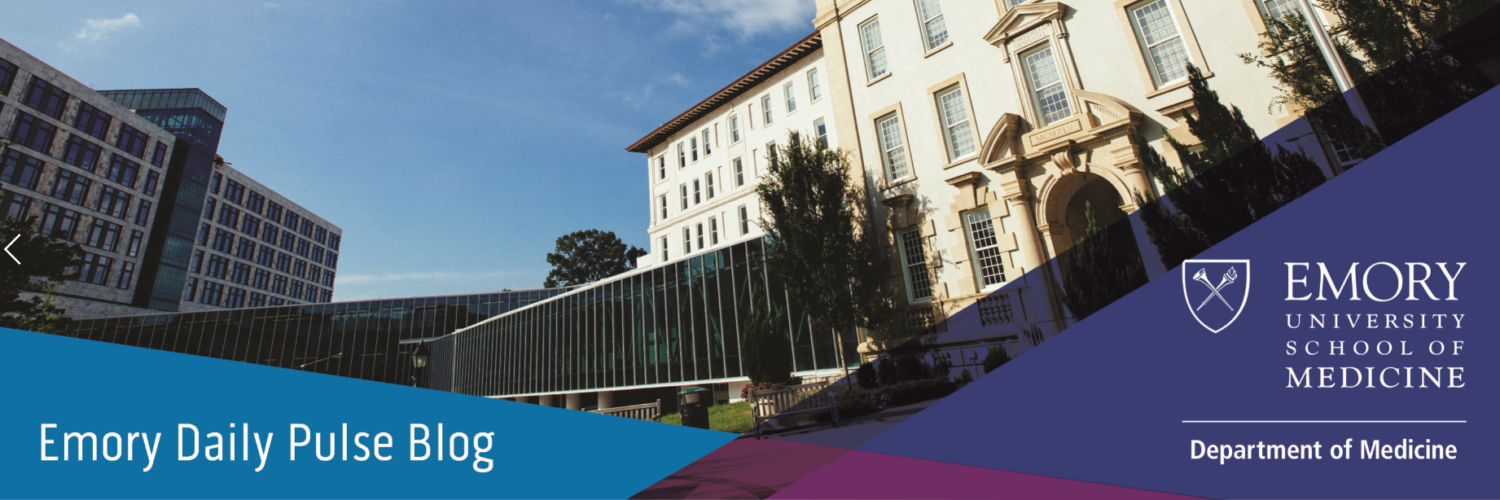Please view the September 2021 Case of the Month below:
The Difficult Diarrhea Case
Submitted by:
Julia Massaad, MD, Associate Professor
Department of Medicine, Division of Digestive Disease
Emory University School of Medicine
Edited by: Tanvi Dhere, MD, Associate Professor
Department of Medicine, Division of Digestive Disease
Emory University School of Medicine
Case
A 75-year-old male with history of CAD, COPD, hyperlipidemia presenting to the GI clinic for a second opinion for chronic diarrhea. His symptoms started in 2017. His prior gastroenterologist diagnosed him with irritable bowel syndrome. His diarrhea is watery, non-bloody or mucoid. It is associated with burning rectal pain and fecal incontinence. He lost 40 lbs since his symptoms started. He tried multiple medications, including Imodium and pancreatic enzymes without any change in symptoms. He even stopped his Citalopram to see if it is causing his symptoms, but his symptoms did not change. CMP, CBC, TSH, Celiac serologies are all within normal limits. Stool studies for Giardia, C.diff, O&P, and culture are all negative. Colonoscopy to the terminal ileum was normal. Random colon biopsies were normal. RUQ US showed two masses in the right lobe of the liver, probably cavernous hemangiomas. MRI confirms hemangiomas, but identifies two cystic lesions in the pancreas. Upper endoscopy: Two 8 mm ulcers in the second portion of the duodenum and villous atrophy.
What is the diagnosis?
Gastrinoma/Zollinger Ellison Syndrome
His chromogranin A level is 2200. Endoscopic Ultrasound showed a peri-pancreatic mass in the body of the pancreas. It is hypoechoic, well circumscribed, measuring 20mm. An FNA was performed and the cytologic impression was suspicious for a neuroendocrine tumor.
He was referred to surgical oncology, but was deemed not a surgical candidate. So, he was started on Lanreotide (octreotide) injections. Unfortunately, a few months later, he developed a duodenal perforation due to ulceration and had to have surgery. Three months later, he developed an esophageal stricture due to esophagitis. Ultimately, he had debulking surgery with distal pancreatectomy, uncinate pancreatic resection, splenectomy, and extended lymphadenectomy. His Gastrin level dropped, but eventually his disease progressed on scans and by rising gastrin (5682) and chromogranin A (3360) levels. He, however, remained clinically asymptomatic with high dose PPI inhibitors and Lanreotide. To attempt disease control, he was started on PRRT (Peptide Receptor Radionuclide Therapy), which is a somatostatin analogue combined with a therapeutic dose of a radionuclide (Y-90 or Lu-177) to target somatostatin receptors located on the gastrinomas. Unfortunately, he did not respond, and his disease progressed and he ultimately passed away 6 months later.
Discussion
Gastrinomas are rare neuroendocrine tumors, with an incidence of 0.1- 15 cases per million individuals worldwide. They are more prevalent in men, and usually diagnosed between the ages of 20 and 50. The pancreas is the most common site of occurrence, though many arise in the duodenum. Most gastrinomas are sporadic, but around a third of them are associated with Multiple Endocrine Neoplasia, type I. Gastrin hypersecretion results in high gastric acid output (up to 10-fold), which deactivates pancreatic enzymes and leads to diarrhea/steatorrhea. Acid hypersecretion also leads to ulcerations in atypical locations, like the distal duodenum and often severe esophagitis. The diagnosis is made by biochemical testing and cross-sectional imaging, in addition to endoscopic ultrasound and somatostatin receptor scintigraphy. High dose acid suppression is the standard of care, though surgical resection should be offered in non-metastatic cases. For advanced /disseminated disease, a multi-disciplinary team approach to controlling symptoms is ideal. This includes the use of PPIs, somatostatin analogues, chemotherapy, hepatic arterial embolization, and PRRT.
Citations
- Seth Sweester. Evaluating the Patient With Diarrhea: A Case-Based Approach. Mayo Clin Proc. 2012;87(6):596-602
- Zhang et al. Clinical Treatment of Gastrinoma. : A Case Report and Review of the Literature. Onc Letters 11: 3433-3437, 2016
- Jensen and Ito. Gastrinoma. EndoText- NCBI Bookshelf: 1-84. Updated 11,20


Be the first to comment on "Faculty Development Case of the Month: September 2021"